filter
-
Brand
- By Category
- Direction
- Date Range
58Events
Pictures
Events
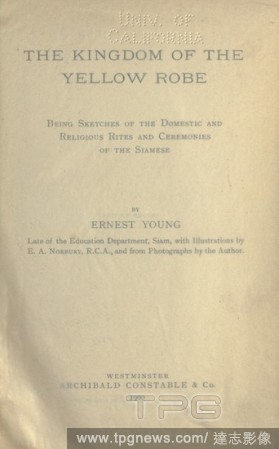
Editorial The kingdom of the yellow robe; being sketches of the domestic and religious rites and ceremonies of the Siamese : Young, Ernest, 1869-1952.
- 2020-01-15
- 1

Editorial The Trading Post at Dejima Makimono Nagasaki and Deshima, Scroll Painting, from right to left: five ships at sea for the port of Nagasaki, one of which is Dutch, one Siamese and three Chinese. Then the map of Nagasaki with the island of Deshima and the...
- 2019-12-18
- 1
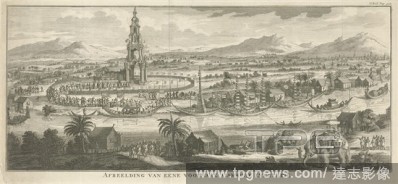
Editorial Thai river landscape with corpse image of a distinguished Siamese corpse (title on object), View of a Thai river landscape with funeral procession ending at a temple. Boats are moored on the shore, with figures watching in the foreground. An elephant i...
- 2019-11-19
- 1

Editorial Siamese Twins and Daniel Webster, - Calaveras Co., John P. Soule (American, 1827 - 1904), 1870, Albumen silver print.
- 2019-11-19
- 1
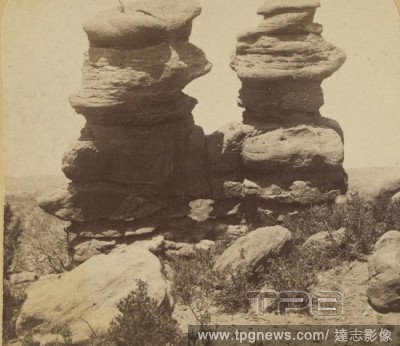
Editorial Colorado - Siamese Twins - Garden of the Gods., George Barker (American, 1844 - 1894), about 1890, Albumen silver print.
- 2019-11-19
- 1
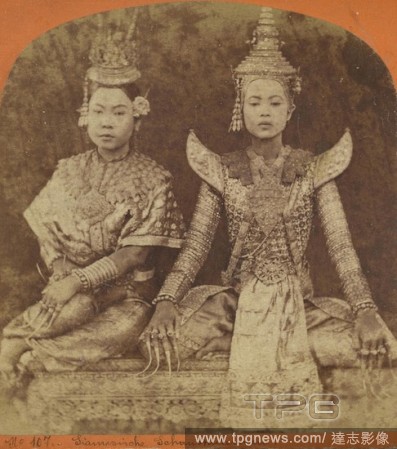
Editorial Siamesische Schanspieleeiuen. Two Siamese women in native dress, Wilhelm J. Burger (Austrian, 1844 - 1920), 1860s, Albumen silver print.
- 2019-11-19
- 1
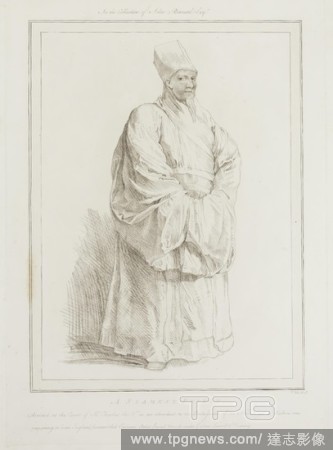
Editorial William Baillie, English, 1723-1810, after Peter Paul Rubens, Flemish, 1577-1640, Siamese Priest Attached to the Embassy at the Court of Charles I, 1774, crayon manner engraving printed in black ink on wove paper, Plate: 18 ? 13 inches (45.7 ? 33 cm).
- 2019-11-18
- 1
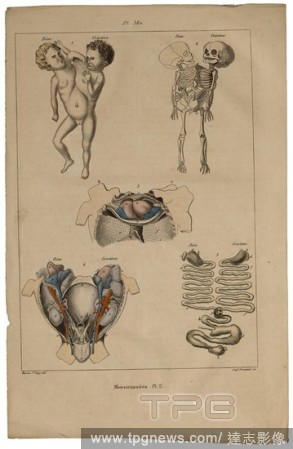
Editorial Homo sapiens, Print, Homo sapiens is the only extant human species. The name is Latin for "wise man" and was introduced in 1758 by Carl Linnaeus (who is himself the lectotype for the species)., Siamese twins.
- 2019-11-18
- 1

Editorial Homo sapiens, Print, Homo sapiens is the only extant human species. The name is Latin for "wise man" and was introduced in 1758 by Carl Linnaeus (who is himself the lectotype for the species)., Siamese twins.
- 2019-11-18
- 1

Editorial Homo sapiens, Print, Homo sapiens is the only extant human species. The name is Latin for "wise man" and was introduced in 1758 by Carl Linnaeus (who is himself the lectotype for the species)., Siamese twins.
- 2019-11-18
- 1

Editorial Homo sapiens, Print, Homo sapiens is the only extant human species. The name is Latin for "wise man" and was introduced in 1758 by Carl Linnaeus (who is himself the lectotype for the species)., Siamese twins.
- 2019-11-18
- 1
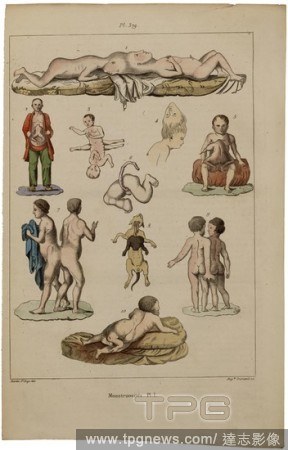
Editorial Homo sapiens, Print, Homo sapiens is the only extant human species. The name is Latin for "wise man" and was introduced in 1758 by Carl Linnaeus (who is himself the lectotype for the species)., Siamese twins.
- 2019-11-18
- 1

Editorial Homo sapiens, Print, Homo sapiens is the only extant human species. The name is Latin for "wise man" and was introduced in 1758 by Carl Linnaeus (who is himself the lectotype for the species)., Siamese twins.
- 2019-11-18
- 1
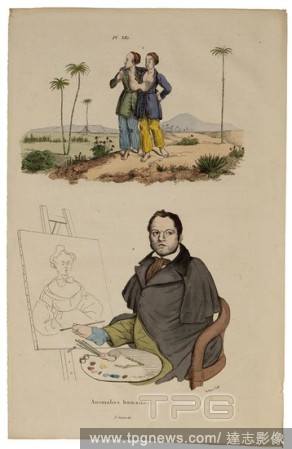
Editorial Homo sapiens, Print, Homo sapiens is the only extant human species. The name is Latin for "wise man" and was introduced in 1758 by Carl Linnaeus (who is himself the lectotype for the species)., Siamese twins.
- 2019-11-18
- 1
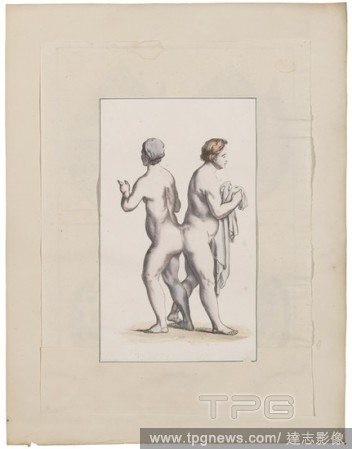
Editorial Homo sapiens, Print, Homo sapiens is the only extant human species. The name is Latin for "wise man" and was introduced in 1758 by Carl Linnaeus (who is himself the lectotype for the species)., Siamese twins.
- 2019-11-18
- 1

Editorial Bison americanus, Print, Bison are large, even-toed ungulates in the genus Bison within the subfamily Bovinae., Siamese twins.
- 2019-11-18
- 1
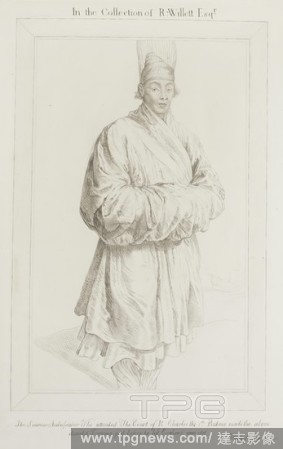
Editorial William Baillie, English, 1723-1810, after Peter Paul Rubens, Flemish, 1577-1640, The Siamese Ambassador at the Court of King Charles I, 1774, crayon manner engraving printed in black ink on wove paper, Plate: 19 1/2 ? 13 inches (49.5 ? 33 cm).
- 2019-11-18
- 1
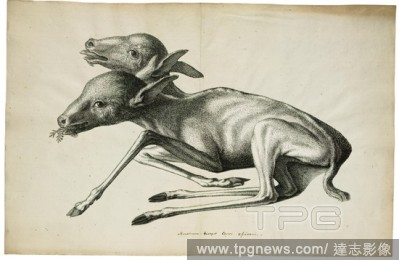
Editorial Cervus africanus, Print, Cervus is a genus of deer that primarily are native to Eurasia, although one species occurs in northern Africa and another in North America. In addition to the species presently placed in this genus, it has included a whole ran...
- 2019-11-18
- 1
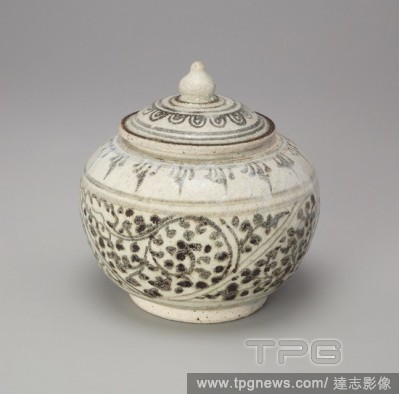
Editorial Sawankhalok Ware Covered Box with Lotus Bud Knob. Thailand, Sukhothai Province, Si Satchanalai. Date: 1301-1500. Dimensions: 12.8 ? 12.4 ? 12.4 cm ( 5 ? 4 7/8 ? 4 7/8 in. ). Glazed stoneware with iron-brown underglaze. Origin: Sawankhalok.
- 2019-04-01
- 1
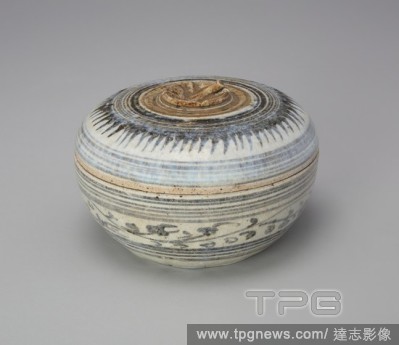
Editorial Sawankhalok Ware Covered Box. Thailand, Sukhothai Province, Si Satchanalai. Date: 1301-1500. Dimensions: 8.2 ? 12.2 ? 12.2 cm (3 3/16 ? 4 13/16 ? 4 13/16 in.). Glazed stoneware with iron-brown and blue-grey underglaze. Origin: Sawankhalok.
- 2019-03-18
- 1

Editorial Sawankhalok Ware Covered Box with Lotus Bud Knob. Thailand, Sukhothai Province, Si Satchanalai. Date: 1301-1500. Dimensions: 12.8 ? 12.4 ? 12.4 cm ( 5 ? 4 7/8 ? 4 7/8 in. ). Glazed stoneware with iron-brown underglaze. Origin: Sawankhalok.
- 2019-03-11
- 1

Editorial Siamese cat with two youngsters. Draughtsman: Sonja Dwinger. Dating: 1973. Measurements: h 377 mm ? w 465 mm.
- 2019-01-25
- 3
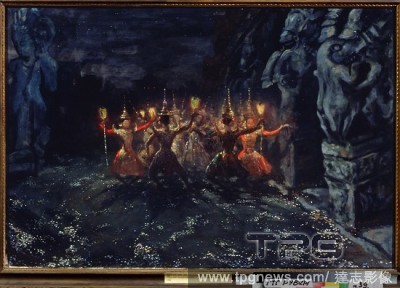
Editorial The Siamese Holy Dance.
- 2019-01-24
- 1

Editorial Siamese twins, carved ivory, 1769.
- 2019-01-23
- 1

Editorial Siamese Cats. Cat Treatise. Central Thailand, 19th Century. Source: Or. 16797, f.7. Language: Thai.
- 2018-12-06
- 1
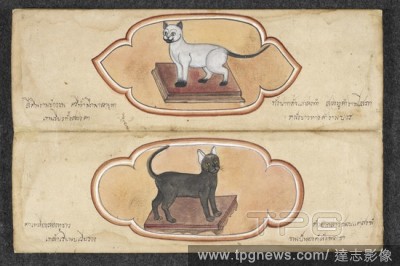
Editorial Siamese Cats. Cat Treatise. Central Thailand, 19th Century. Source: Or. 16797, f.8. Language: Thai.
- 2018-12-06
- 1
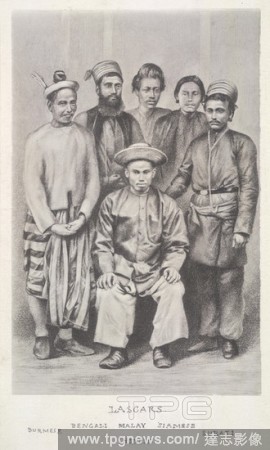
Editorial A group of Lascars (sailors). They are described as Bengali, Malay and Siamese. The Asiatic in England; sketches of sixteen years' work among Orientals. With a preface by H. Venn, and an introduction by R. M. Hughes... London, 1873. A group of Lascars ...
- 2018-12-06
- 1
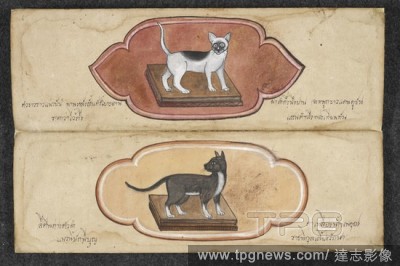
Editorial Siamese Cats. Cat Treatise. Central Thailand, 19th Century. Source: Or. 16797, f.6. Language: Thai.
- 2018-12-06
- 1
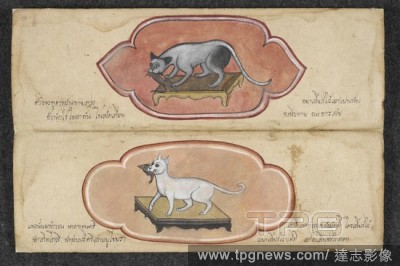
Editorial Siamese Cats. Cat Treatise. Central Thailand, 19th Century. Source: Or. 16797, f.10. Language: Thai.
- 2018-12-06
- 1

Editorial Siamese Cats. Cat Treatise. Central Thailand, 19th Century. Source: Or. 16797, f.3. Language: Thai.
- 2018-12-06
- 1

Editorial Siamese cats. Cat Treatise. Central Thailand, 19th Century. Source: Or. 16797, f.11. Language: Thai.
- 2018-12-06
- 1
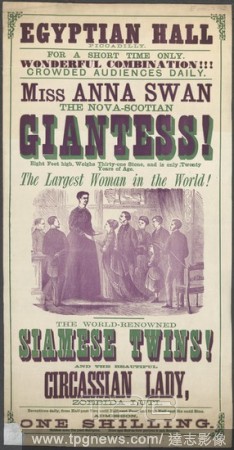
Editorial Miss Anna Swan. A collection of pamphlets, handbills, and miscella. London, c. 1871. A poster describing Miss Anna Swan, the Nova-Scotian giantess, the largest woman in the world. Below the illustration is mentioned the world renowned Siamese twins, an...
- 2018-12-06
- 1
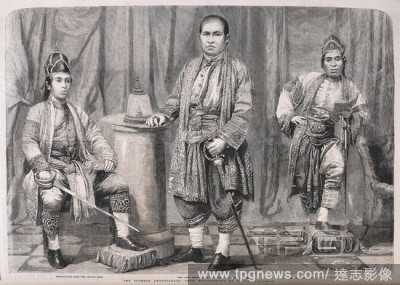
Editorial 'The Siamese ambassadors - from photographs by Mayall'. . The Illustrated London News. London, 1857. Source: The Illustrated London News, 5 December 1857, page 561.
- 2018-12-06
- 1

Editorial Siamese Cats. Cat Treatise. Central Thailand, 19th Century. Source: Or. 16797, f.5. Language: Thai.
- 2018-12-06
- 1
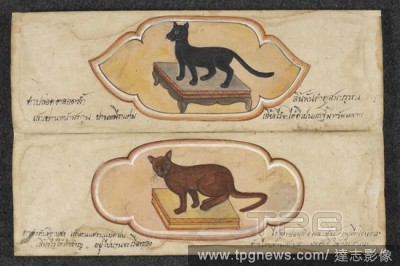
Editorial Siamese Cats. Cat Treatise. Central Thailand, 19th Century. Source: Or. 16797, f.1. Language: Thai.
- 2018-12-06
- 1

Editorial Siamese Cats. Cat Treatise. Central Thailand, 19th Century. Source: Or. 16797, f.9. Language: Thai.
- 2018-12-06
- 1

Editorial Les frères Siamois.' Chang and Eng Bunker (May 11, 1811 – January 17, 1874) were Thai-American conjoined twin brothers whose condition and birthplace became the basis for the term "Siamese twins". L'illustration : journal universel. Paris : J.J. Du...
- 2018-12-06
- 2
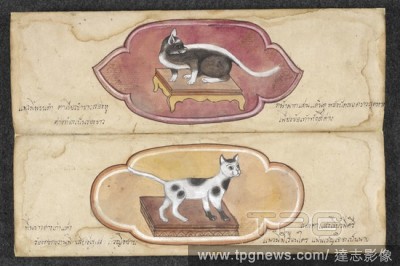
Editorial Siamese Cats. Cat Treatise. Central Thailand, 19th Century. Source: Or. 16797, f.2. Language: Thai.
- 2018-12-06
- 1

Editorial Siamese breed. The Breeds of the Domestic Animals ... London, 1842. Source: 578.m.32, plate II.
- 2018-12-06
- 1

Editorial A siamese kitten with blue eyes.
- 2018-08-06
- 1
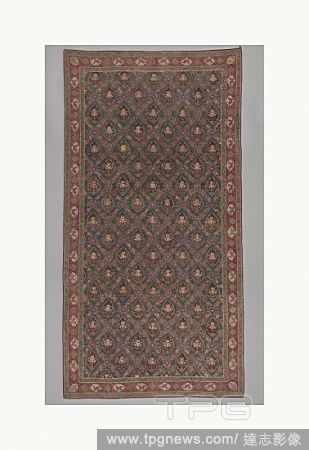
Editorial Floor Covering or Hanging (Pha Kiao), 18th century, India (Coromandel Coast), for the Thai market, Cotton (painted resist and mordant, dyed), Overall: 83 x 43 1/8 in. (210.8 x 109.5 cm), Textiles-Painted and Printed, Luxury painted cotton textiles expr...
- 2018-08-03
- 1
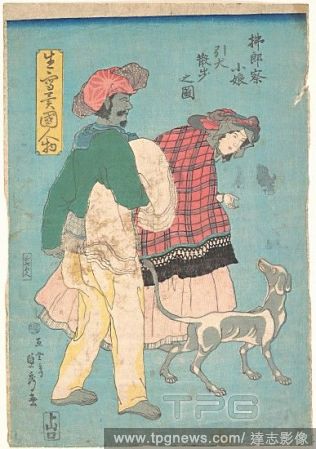
Editorial A Young French Lady and a Siamese Servant Taking a Dog for a Walk, Edo period (1615?1868), November 1860, Japan, Polychrome woodblock print; ink and color on paper, 14 x 10 in. (35.6 x 25.4 cm), Prints, Utagawa (Gountei) Sadahide (Japanese, 1807?1878/79).
- 2018-08-02
- 1

Editorial The Siamese Holy Dance.
- 2018-07-31
- 1

Editorial The Siamese Twins, A satirical tale of the times, 19th century engraving.
- 2018-07-27
- 1

Editorial Centaurus rhinoceros beetle, Augosoma centaurus 1, bee beetle, Trichius fasciatus 2, titan beetle, Titanus giganteus male 3, female 4, Siamese rhinoceros beetle or fighting beetle, Xylotrupes gideon 5, Cyclocephala signata 6, Coprobius triangularis 7, ...
- 2018-07-26
- 1
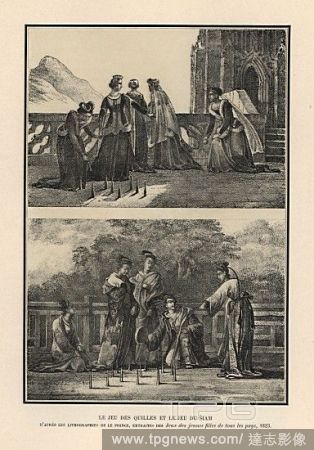
Editorial Medieval noble women playing skittles on a castle terrace, and Siamese women playing skittles. Lithograph from Henry Rene Allemagne's Sports and Games of Skill (Sports et Jeux d'Adresse), Librairie Hachette, Paris, 1903.
- 2018-07-26
- 1
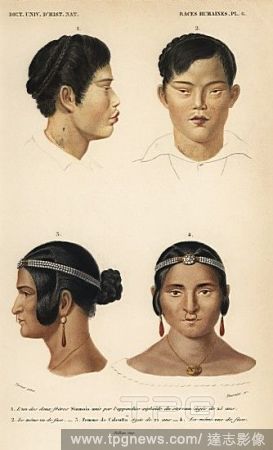
Editorial Portrait and profile of one of the famous Siamese Twins, Chang and Eng Bunker, aged 25, and Indian woman of Calcutta, aged 22, wearing nose ring and jewelry. Handcolored engraving by Fournier after an illustration by Verner from Charles d'Orbigny's Dic...
- 2018-07-26
- 1
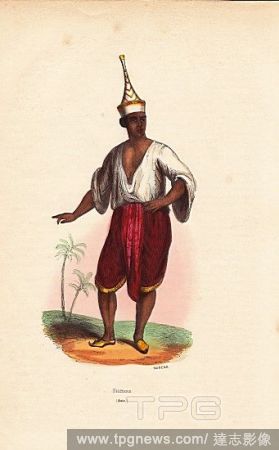
Editorial Siamese man (Thailand) in pointed hat, shirt, dhoti, and slippers. Handcoloured woodcut by Mercier from Auguste Wahlen's "Moeurs, Usages et Costumes de tous les Peuples du Monde," Librairie Historique-Artistique, Brussels, 1845. Wahlen was the pseudony...
- 2018-07-25
- 1
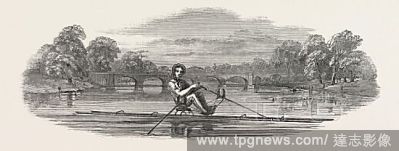
Editorial SIAMESE BOAT ON THE SERPENTINE, 1847.
- 2018-07-25
- 1
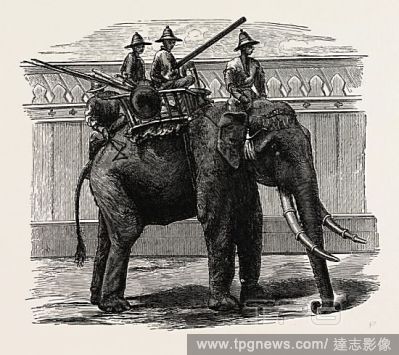
Editorial A SIAMESE WAR ELEPHANT.
- 2018-07-25
- 1
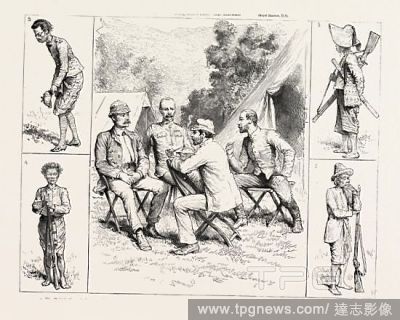
Editorial THE ANGLO SIAMESE COMMISSION, 2. An Officer of the Siamese Regular Army Making his Bow, engraving 1890.
- 2018-07-25
- 1
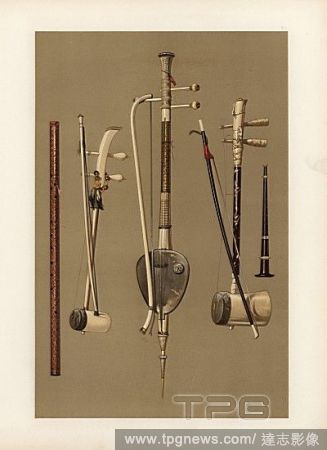
Editorial Instruments from Thailand and China: Saw tai (Siamese fiddle) in carved ivory and enamelled gold (centre), two Chinese fiddles Saw duang and Saw oo surrounding it, Thai klui (flute) with a membrane over one hole (left) and Thai pee (oboe) considered to...
- 2018-07-24
- 1
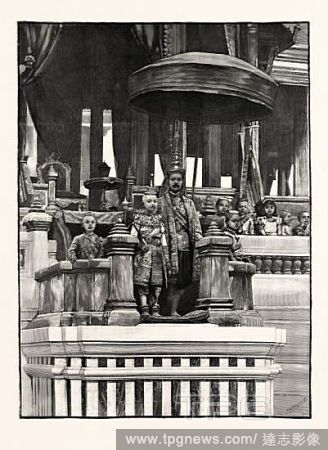
Editorial A SIAMESE ROYAL FAMILY FESTIVAL: THE KING PRESENTING THE CROWN PRINCE TO THE PEOPLE.
- 2018-07-24
- 1

Editorial THE PARIS INTERNATIONAL EXHIBITION: MODEL OF AN ELEPHANT IN THE SIAMESE SECTION OF THE MACHINE GALLERY, FRANCE, 1867.
- 2018-07-24
- 1
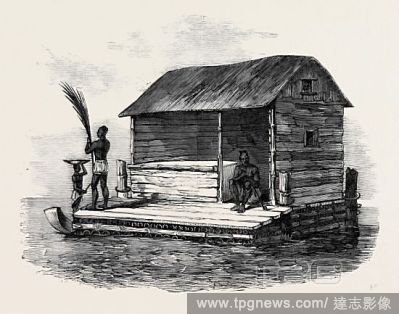
Editorial SIAMESE BAMBOO HUT.
- 2018-07-24
- 1
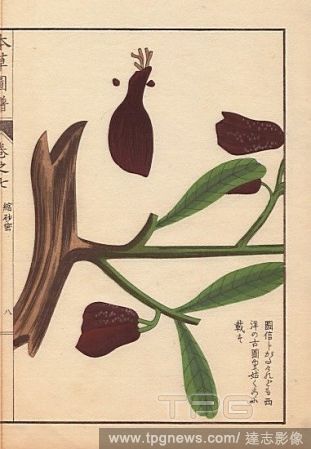
Editorial Root and seeds of wild Siamese cardamom, Amomum xanthioides Wall. (Shukushamitsu).
- 2018-07-24
- 1
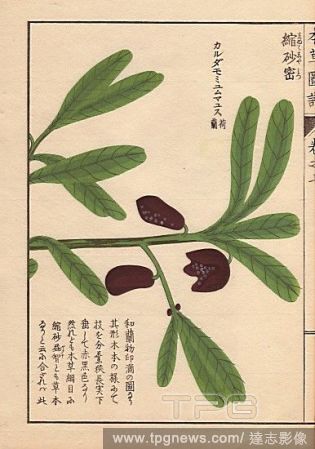
Editorial Brown flowers and leaves of wild Siamese cardamom.
- 2018-07-24
- 1
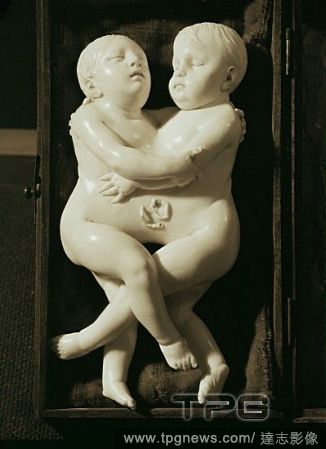
Editorial Siamese twins, carved ivory, 1769.
- 2018-06-27
- 1
 Loading
Loading 